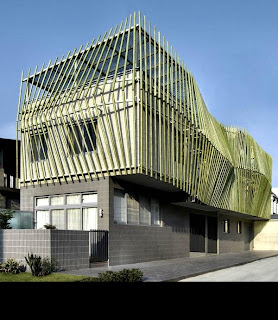Zaha Hadid’s futuristic designs match the cultural aims of the new Hermitage Guggenheim Vilnius Project. As always, the characteristic of Zaha Hadid architectural design always takes the conceptual terms of fluidity, velocity and lightness. The building appears like a mystical object floating above the extensive artificial landscape strip, seemingly defying gravity by exposing dramatic undercuts towards the surrounding entrance plazas.




Credit : Zaha Hadid’s







